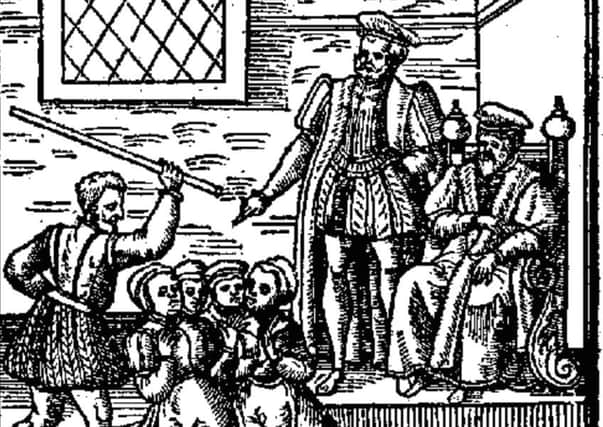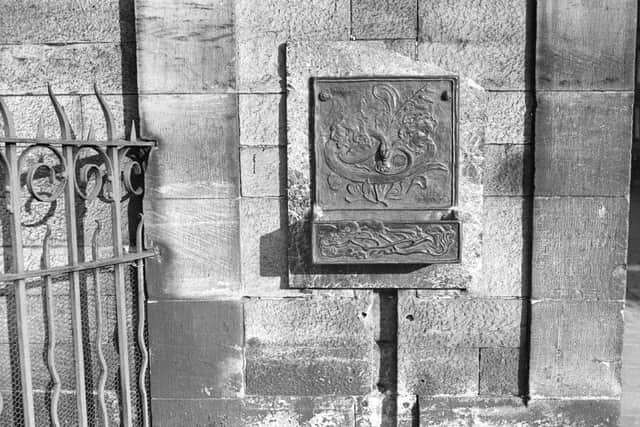Calls for memorial to victims of Scotland's witch trials


More than 3,800 people were accused of witchcraft in Scotland between the mid-16th and 18th Centuries with the overwhelming majority of those being women, according to research at Edinburgh University.
Of a sample of 305 cases that went to trial, 205 - or around two-thirds of accused - were executed.
Advertisement
Hide AdAdvertisement
Hide AdCalls have been made for a large scale public memorial to mark those persecuted under The Witchcraft Act and series of plaques to mark the locations across Scotland where women were held, tortured and tried.


Historian Dr Julian Goodare of Edinburgh University claims many existing memorials are inappropriate, inaccessible or unknown, according to a report in The Herald.
He said the existing memorial at Castlehill in Edinburgh – where one in 10 accused of witchcraft were tried – is tucked away and wrongly indicates that the women killed had magic powers given it is illustrated with a serpent and a foxglove.
Dr Goodare also described other existing memorials as “embarrassing” given their historical accuracy, he told the newspaper.
Advertisement
Hide AdAdvertisement
Hide AdMaggies Wall in Dunning commemorates witches that did not exist with no historical records in place to back suggestions that the Witches Stone in Forres marks the spot where witches were supposedly rolled down a hill in spiked barrels,


Dr Goodare told the newspaper: “I would like to see a memorial. I enquired whether the Scottish Government would be interested, but they replied that they have a policy of not paying for memorials so there would have to be a fundraising campaign.”
Witch hunts were most intense in the Lothians with 32 per cent of named witches coming from the area, according to the Scottish Survey of Witchcraft at Edinburgh University.
Women could be targeted if perceived to be rebellious against Presbyterianism and were often accused of witchcraft by neighbours and gossips following a row or run of bad luck.
Advertisement
Hide AdAdvertisement
Hide AdMany records claim that women confessed to practising witchcraft and being in the “devil’s service” although torture - such as sleep deprivation - was used to extract such statements.
Professor Lynn Abrams, chair in modern history at Glasgow University, said that the lack of memorials to women accused of witchcraft reflected the “dearth” of visible monuments to Scottish women.
She told The Herald: “A public memorial to remember the many ordinary women who were persecuted and murdered during the period of the witch trials might be one way of highlighting this tragic era in European and Scottish history, and a means of raising awareness of the plight of those who were often made scapegoats for the misfortunes of others.”
